Farm Produce Packaging means packing the products or adding some material to preserve them while they are stored, transported, and distributed. It protects food from damage by impacts, insects and microorganisms, and moisture, as well as from odors. Packaging manages farm products' transport from their initial raw state to the final point of sale or consumption.
Farm product packaging also means agricultural product packaging, most of people will consider this fruit and vegetable packaging. In fact, fruit & veg only part of it.
Quality of products while shipping is most important.
Farm Produce Packaging is the Packaging of farm produce to ensure it gets to market in quality and quantity that retains the best possible value for the grower and the consumer.
Packaging is a valuable and necessary tool that helps farmers and makers deliver food in the easiest, most convenient, and least expensive way. In addition, it guarantees stability between farmers and consumers.
In general, Packaging keeps food fresh, valuable, and safe, so your customers can enjoy more of it.
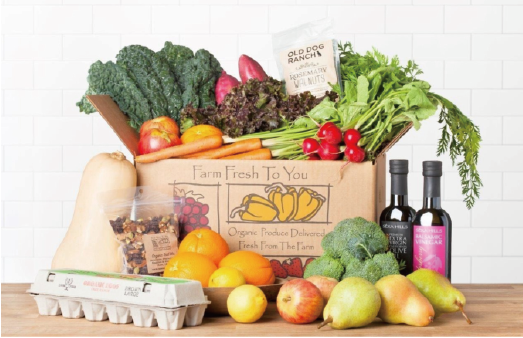
What are farm produce products?
Farm produce products refer to crops and livestock that are raised on farms.
Crops refer to any cultivated plants, fungi, or algae harvested for food, clothing, or other purposes. Corn, wheat, soybeans, cotton, and hay are among the most important crops in the United States. The number one crop is corn, used for both human and animal consumption. Wheat and soybeans are also used for both human and animal foodstuffs. Cotton is used in clothing and a myriad of other products.
Meanwhile, livestock refers to animals that are raised for food. The major types of animals raised for food are cattle, sheep, and chickens. They are used in the production of meat, dairy products, and leather.
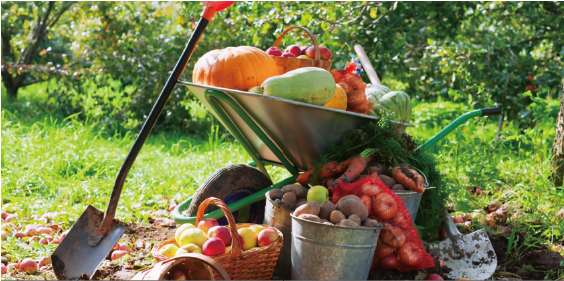
Supply chain from farm to ending customer:
"Supply chain" is a phrase that covers farm production and distribution of farm products to end-users.
For these products, the preparing, packaging, and storing are done to be transported to market.
- Processing is an essential agricultural practice that can be done on farms. Food processing takes raw ingredients and uses them to create a new product using acidification, pasteurization, or homogenization. This new product can either be kept in a separate facility or sold directly to the consumer.
- Agricultural Packaging is an essential part of the food sector. Excellent agricultural Packaging must be able to protect food items from environmental conditions. It must hold the contents and save them without leakage or breakage until they are used and enable the food to be handled conveniently. Therefore, healthy and quality assurance is the most important for packaging products. Standard agricultural packaging products include pouches, clamshells, bottles, bulk bags, trays, and other containers.
- Proper food storage is necessary to maintain a stable supply for consumers. It minimizes the chances of spoilage and lowers costs. Proper storage ensures that food will not spoil as it will protect the food against microorganisms, insects, and moisture.
- The story of a company's success in the agricultural industry begins and ends with efficient transport. Transport is, of course, necessary in the post-harvest process. After all, every farm produce requires transportation. From the field to the packing house or the end-user, the harvest must be transported in one form or another - by trucking, rail, ship, or air.
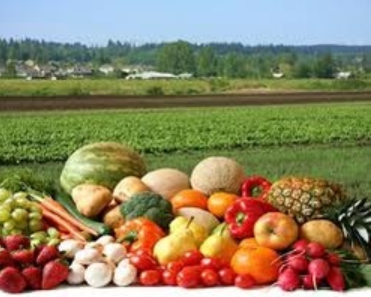
Why need Packaging and the essential function different from another kind of Packaging?
If farm produce products are not packaged, they would be wasted across all supply chain stages – from harvesting to delivery. Their wastage can be due to a lack of proper storage facilities, cold chain, proper food handling practices, infrastructure, packaging, or efficient marketing systems. By reducing their wastage and by packaging them properly, retailers can improve their profits and reduce costs.
Retailers can implement post-harvest food loss prevention by packaging their farm produce. Designed for farmers, farm produce packaging helps them deliver food most quickly, ensuring no loss.
Packaging is crucial to the success of any food item. It ensures freshness, shelf life, authenticity, and good nutrition benefits. Furthermore, it's the final link in the supply chain for food items.
Safety is the primary function of Packaging. Packaging's most crucial aspect is keeping the product safe from the atmosphere and damage from outside elements.
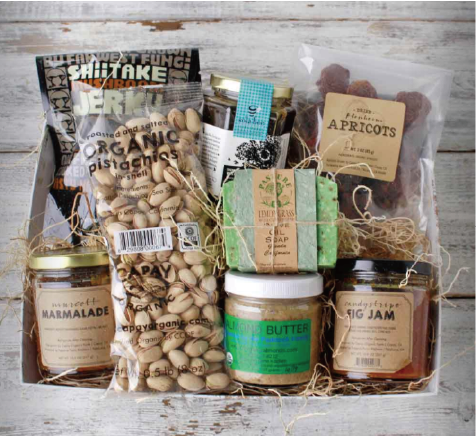
Additional functions of Packaging include:
- It acts as a container or enclosure which keeps farm produce or any product safe inside.
- It acts as a promoter for specific products to increase sales and brand awareness.
- It enables the products to be maintained at a specific rate or level. And increases profits.
- It enables product identification and provides portion control.
- It provides convenience and enables self-service sales.
Packaging is specifically designed to protect against the possibility of microbes contaminating food items. This type of Packaging may also have unique features that help fasten or secure the lids on multi-pack items.
Food products require special Packaging such as Standard Canning Jars designed to withstand certain temperatures and pressures during the processing stages of the food-making process. Types of food packaging include cans, jars, bottles, pouches, trays, wrappers, tubes, films, etc.
Standard Packaging, by definition, is Packaging that can be used to hold any item without the restriction of increasing its shelf life or sustaining the product under certain temperatures and pressures.
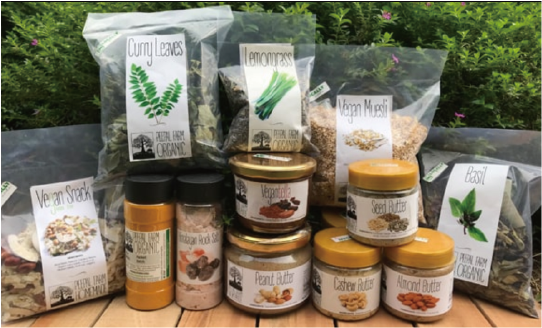
How to choose the right packaging solution?
Choosing the proper packaging for your product is a vital step in the supply chain process. It can play a crucial role in the success or failure of your products.
It can determine the shelf life, profitability, and how you differentiate a product from your competitors.
The packaging material has a significant influence on the quality of the farm produce products. Therefore, many factors need to be considered when choosing packaging materials.
- Material Type
- Size of Package
- Transportation
- Design of package
- Security
- Durability
- Affordability
- Availability
- Easy to use
- Eco- friendly
The manufacturers can choose one of the following packaging materials according to their needs:
- Fiberboard
- Wood
- Paper
- Plastic
- Foam
- Natural Polymers
- Synthetic Biopolymers
- Non- Natural Polymers
- PVC
- Glass
- Polypropylene
- Polystyrene
The choice of the correct packaging material will make products beautiful and protect them from external wear.
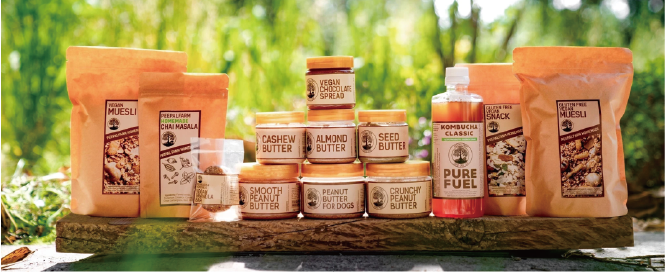
Types of Packaging widely used in farm produce products are as follows:
- Bags
- Boxes
- Can
- Trays
- Pallets
- Cartons
- Wrappers
- Flexible Packaging
- Aseptic processing
General packaging examples for references:
The most common packaging examples are cartons and crates used to contain, transport, or store things such as confectionery items, toys, toothpaste tubes, etc. Other packaging examples are corrugated cardboard boxes, plastic quart containers, fiber drums, paper bags, wood crates, etc. Packaging may be of several different types. For example, a transport package or distribution package can be the shipping container used to ship, store, and handle the product or inner packages. Some identify a consumer package as one which is directed toward a consumer or household. Finally, packaging may be described concerning the type of product being packaged: medical device packaging, bulk chemical packaging, over-the-counter drug packaging, retail food packaging, military materiel packaging, pharmaceutical packaging, etc.
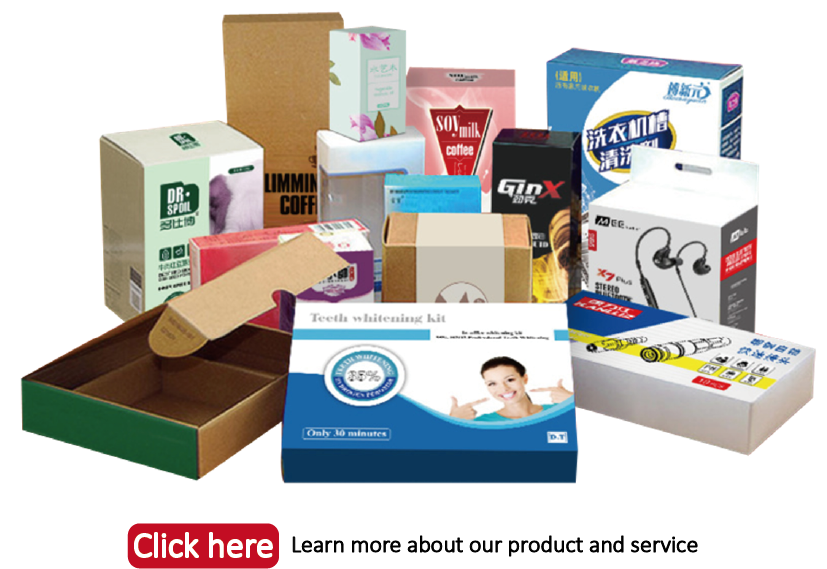
Conclusion
Packaging plays a vital role in shelf life and maintaining the taste of the produce. Proper packaging can prolong the storage life of fresh fruits and vegetables by preventing moisture loss and thereby wilting. The rate of moisture loss varies with the product and water vapor permeability of the packaging film.
Moreover, it is also vital for the marketing of the products. Packaging is so much more than just protecting a product. It is an essential marketing tool, which supports branding, emphasizes the product's best features, and creates an unforgettable experience for the customer. It is a gateway that can elevate your product – and company – to the next level.
The package must identify and provide helpful information about the produce. It is customary to give such information as the product name, brand, size, grade, variety, net weight, count, grower, shipper, and country of origin. It is also becoming more common to find included on the package nutritional information, recipes, and other helpful information explicitly directed at the consumer. In consumer marketing, package appearance has also become an essential part of point-of-sale displays.
